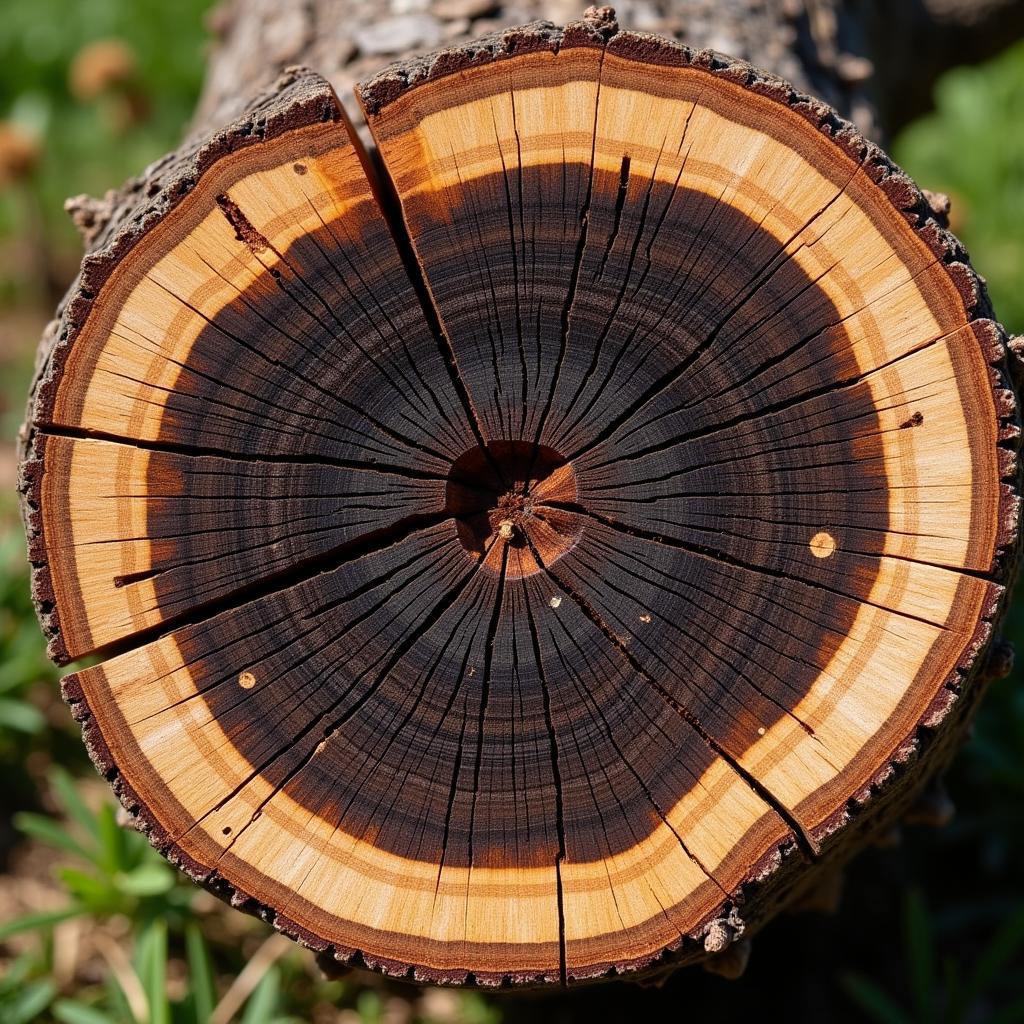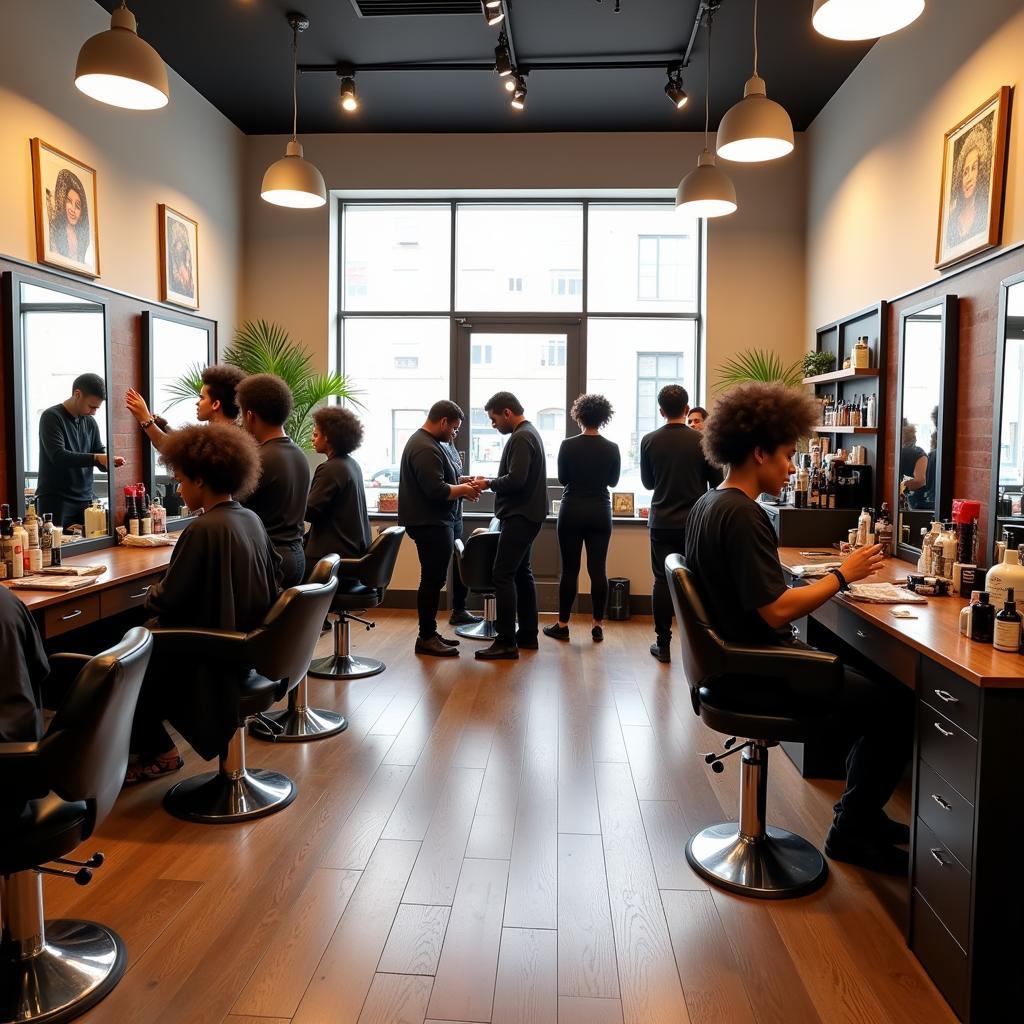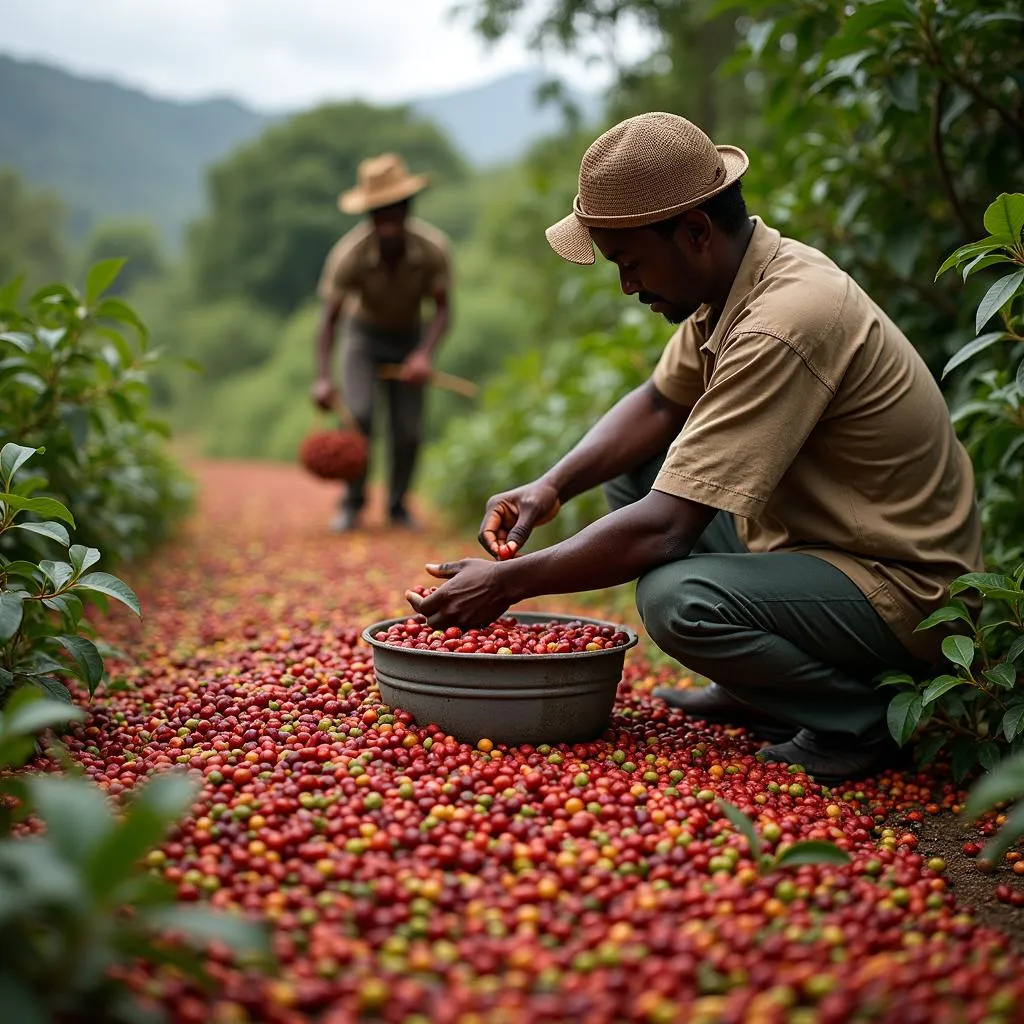Understanding the African Blackwood Grow Period
The African Blackwood Grow Period is a fascinating subject, especially given the tree’s slow growth and high value. This article delves into the intricacies of cultivating this precious hardwood, from its preferred growing conditions to the factors affecting its growth rate. We’ll explore what makes this tree so unique and why patience is key when cultivating African blackwood.
The African blackwood (Dalbergia melanoxylon) is a slow-growing tree native to the dry, sub-Saharan regions of Africa. Prized for its dense, dark heartwood, it is used in crafting high-end musical instruments, furniture, and other luxury items. Because of its slow growth and high demand, African blackwood is a valuable and protected species. Understanding its growth period is crucial for sustainable cultivation and conservation efforts. This requires examining various factors, including climate, soil conditions, and management practices, which all play a significant role in the tree’s development.
Factors Affecting African Blackwood Grow Period
Several factors influence the African blackwood grow period. Understanding these elements is essential for successful cultivation.
- Climate: African blackwood thrives in hot, dry climates with distinct wet and dry seasons. Temperatures between 20-30°C are ideal.
- Soil: Well-drained, sandy or loamy soils are best for African blackwood. The tree is relatively drought-tolerant but does not tolerate waterlogging.
- Rainfall: While drought-tolerant, adequate rainfall during the wet season is vital for growth. Annual rainfall between 400-1000mm is generally suitable.
- Altitude: African blackwood naturally grows at altitudes between 200 and 1300 meters above sea level.
How Long Does it Take for African Blackwood to Mature?
Due to its slow growth rate, African blackwood takes a considerable time to reach maturity, often between 40 to 60 years, and sometimes even longer to produce heartwood suitable for high-value applications. This slow maturation contributes to the wood’s density and prized qualities.
- Heartwood Development: The highly sought-after dark heartwood develops slowly over decades. Younger trees have a lighter sapwood, which is less valuable.
- Growth Rings: The slow growth results in very fine, closely spaced growth rings, contributing to the wood’s density and strength.
- Sustainable Harvesting: The long grow period underscores the importance of sustainable harvesting practices to ensure the long-term viability of this valuable species.
 African Blackwood Heartwood and Sapwood Comparison
African Blackwood Heartwood and Sapwood Comparison
Cultivating African Blackwood: A Test of Patience
Cultivating African blackwood requires patience and careful management. African blackwood cultivation in india and african blackwood farming in india demonstrate the potential for cultivation outside of its native range. Understanding the african blackwood growing conditions is paramount.
- Propagation: African blackwood can be propagated from seeds or cuttings. Seed germination can be improved through pre-treatment methods like scarification.
- Planting: Saplings should be planted in well-drained soil and provided with adequate water, especially during the early stages of growth. African blackwood tree leaves are compound and delicate.
- Management: Regular weeding and pruning can help promote healthy growth. Protecting young trees from browsing animals is also crucial.
Dr. Khadija Mussa, a renowned botanist specializing in African flora, notes, “The slow growth of African blackwood is a testament to its resilience and the unique properties of its wood. It’s a species that demands respect and careful management for future generations.”
Understanding the african blackwood tree growth rate is vital for sustainable management. Professor Abdallah Juma, a leading forestry expert in Tanzania, adds, “The value of African blackwood lies not only in its beauty but also in its ecological role. Sustainable cultivation is crucial for both economic and environmental reasons.”
The African blackwood grow period is a crucial aspect of understanding and managing this valuable species. While the slow growth requires patience, the rewards are substantial. By promoting sustainable cultivation practices and respecting the tree’s natural growth cycle, we can ensure the availability of this precious resource for future generations.
FAQ:
- How long does it take for African blackwood to mature? It takes 40-60 years, sometimes longer.
- What are the ideal growing conditions for African blackwood? Hot, dry climates with well-drained soil.
- How can I propagate African blackwood? From seeds or cuttings.
- Why is African blackwood so valuable? Its dense, dark heartwood is prized for its beauty and durability.
- What are the challenges in cultivating African blackwood? Its slow growth rate and susceptibility to overexploitation.
- What are the uses of African blackwood? Musical instruments, furniture, and other luxury items.
- How can we ensure the sustainable use of African blackwood? By promoting responsible harvesting and cultivation practices.
Need more help? Contact us at Phone Number: +255768904061, Email: [email protected] or visit us at Mbarali DC Mawindi, Kangaga, Tanzania. We have a 24/7 customer support team.


